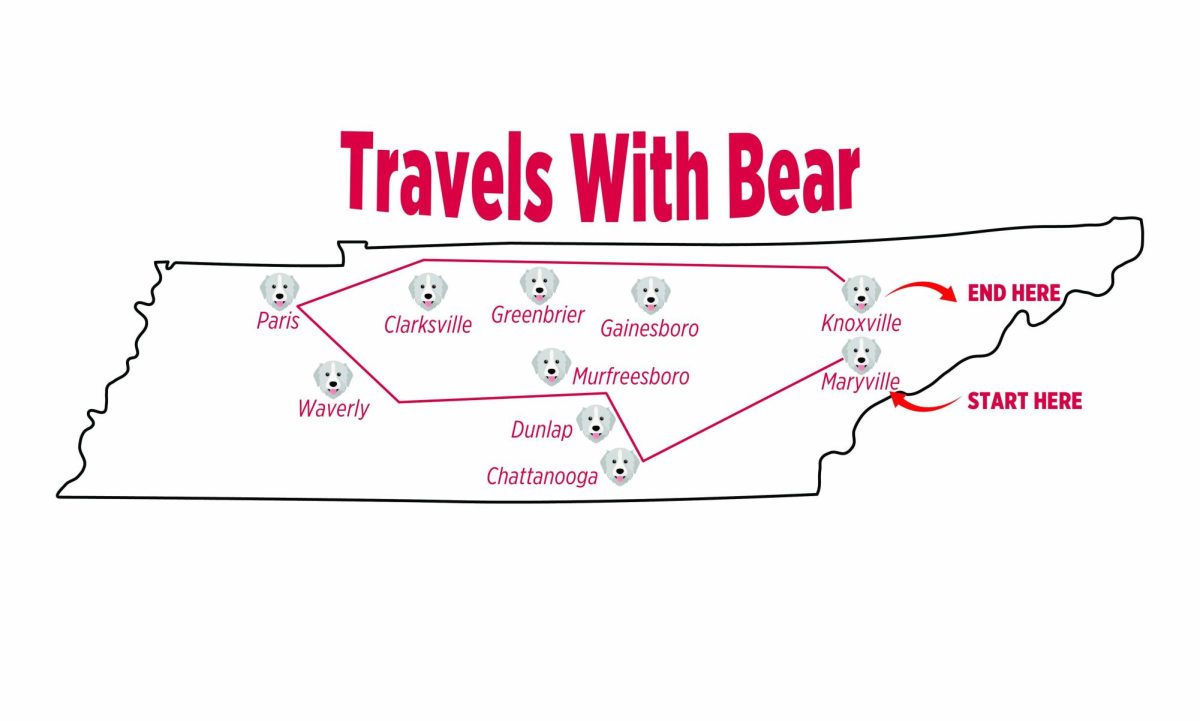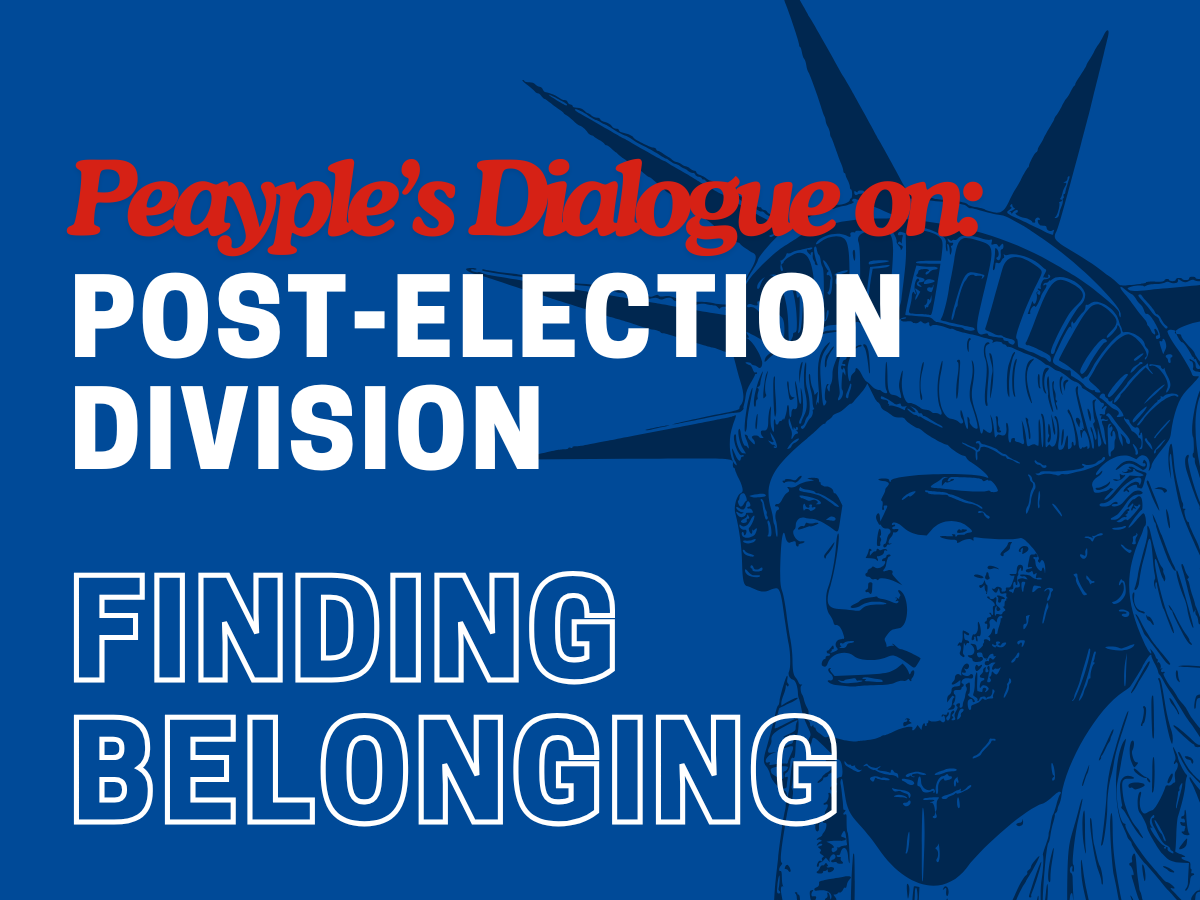“Every time we get a chance to get ahead – they move the finish line.” African-American history is a topic that we all know and have learned about. During the Civil Rights Movement of the 1960s, we had leaders and people trying to combat the Jim Crow Laws, like Martin Luther King Jr. and Malcolm X. However, there are many people that made an impact on society just as much and the cleverly named “Hidden Figures” shed light into a fight that was not on the public scale.
This monumental untold story of three African-American mathematicians that impacted work for NASA as human calculators paved the way for women working in science and mathematics. Katherine G. Johnson, Dorothy Vaughn and Mary Jackson were separated into different areas of the space program. While there, they each had to face various social issues that plagued the time like racism and sexism.
Dorothy, played by Oscar winner Octavia Spencer, had to deal with the barriers of trying to keep her position in the division intact while pushing toward a managerial position. Mary, played by recording artist Janelle Monáe, struggled with trying to become an engineer when none of the nearby colleges accepted African-Americans into their program. Katherine, played by Golden Globe winner Taraji P. Henson, was a part of the task force to send John Glenn into orbit. Although the three were separated dealing with issues, they all were trying to accomplish one goal: getting the United States back into the space race.
“Hidden Figures” exemplified the importance of truly knowing African-American history. The information it provided was something I could not believe was true. I did not know they even let black people, let alone black women, work for NASA. Not only did they just work for them, they assisted with one of the most time changing events in American history: sending someone into orbit.
It is sad to think of how many similar events have occurred that we would never know about because they are unfortunately missing from history books.
I also feel this film showed racism in a way that was not as intense as “Selma,” and the main characters did not get where they were because of a white person like in “The Help.” These women did it on their own, with determination and without fear. The subtle and blatant hints you see them endure all called attention to the racism, but it was not in an unbearable way. It was just enough to where you completely understood the unreal pain and situations they had to deal with, in and outside the workplace.
Al Harrison, played brilliantly by Kevin Costner, was the leader of the task force to send Glenn into space. He recognized Katherine was brilliant, but lamented the way she was being pushed back by preconceived notions from his staff that she was not competent enough to do the job at hand.
“Hidden Figures” displayed a level of optimism in a time where many would give up. These three women fought for the right to be a driving force in history, and their story being told will open doors for African-Americans and women everywhere.
Even with hard scenes to watch and the obstacles they had to face, their hope and determination propelled further than the stars.







